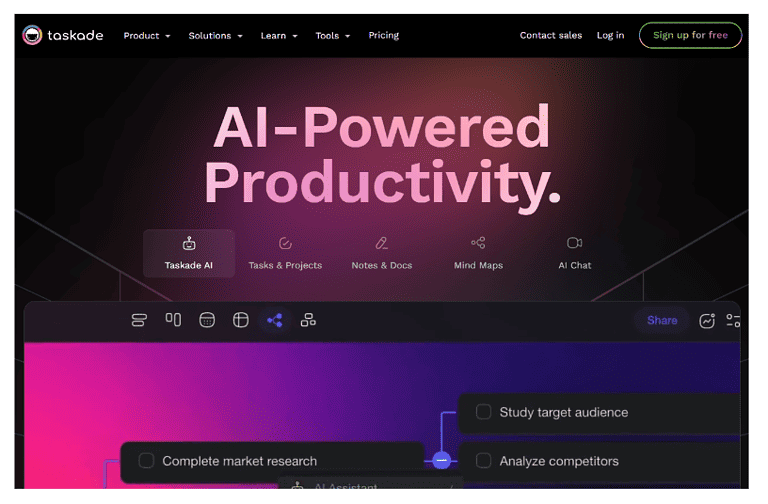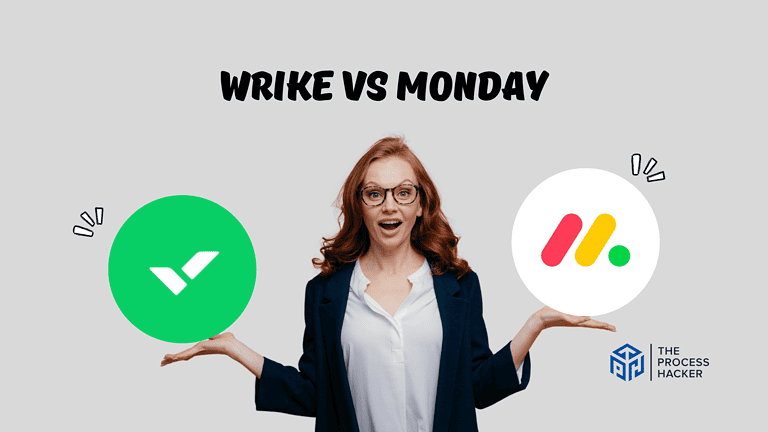SWOT Analysis: Establish Strategy for Success
The SWOT Analysis is a strategic technique to guide personal or corporate strategy at the highest level or for specific business objectives. The acronym, SWOT, stands for Strengths, Weaknesses, Opportunities, and Threats.
The SWOT analysis will help you figure out where you stand in relation to your competition. It will help you identify the best opportunities for products, services, projects, or markets. Lastly, it will help you recognize the threats or issues that your organization is dealing with or may deal with in the future.
In 1965, the four Harvard University professors wrote about the SWOT strategy method in the publication Business Policy: Text and Cases. This method was one of the first to consider the role of external factors in an organization. The previous strategy models focused on internal factors. Today, the SWOT analysis is used as a decision making and marketing tool.
The SWOT Analysis Matrix
In the SWOT diagram, the four factors identify the following:
- Internal vs. External: The organization’s factors are internal (strengths and weaknesses) and external (opportunities and threats). Internal factors are within an organization’s control, while external factors are not.
- Expected Impact: The organization’s factors have an expected impact that is positive (strengths and opportunities) or negative (weaknesses and threats).
Strengths

Strengths are useful or beneficial factors internal to your organization that help you achieve your objectives.
Strengths characterize your organization’s ability to perform, produce, and grow internally. They add value and give you a competitive advantage. In this SWOT analysis step, you need to identify the elements of your organization that you do really well. Figure the attributes that strongly differentiate from your competition within your industry.
Examples of strengths include capital, processes, intellectual property, industry relationships, loyal customer base, etc.
Ask Yourself:
- What do we do well?
- What qualities or attributes get our customers to buy our product or service?
- What resources do we have available to us?
- What market areas are we an expert in?
- What advantages do we have over our competitors?
Weaknesses

Weaknesses are the terrible or unfavorable factors internal to your organization that prevent you from achieving your objectives.
Weaknesses can negatively impact your organization’s ability to succeed, solve problems, and expand. They take away from your value and give you a disadvantage in your industry. Maybe you are weak in areas that your competitor outshines you in. In this SWOT analysis step, you need to figure out your weaknesses so that you can circumnavigate or improve them for better results.
Examples of weakness include unfavorable location, terrible employees, poor leadership, bad management, etc.
Ask Yourself:
- What can we improve, change, or avoid?
- What do we do poorly?
- What are our internal issues?
- What do our customers say that we are bad at?
- What do we do worse than our competitors?
Opportunities

Opportunities are the circumstances or factors external to your organization that help you achieve your objectives.
Within your environment, an organization can have many opportunities to allow for growth, acquire customers, and beat competitors. When you find the right opportunity, it can have a significant shift in the direction for where the organization is going. In this step, you should look at changes in your environment for opportunities to arise.
Examples of opportunities can include technology advancements, market shifts, government policy, new supply chains, demographics, etc.
Ask Yourself:
- What are the potential opportunities available to you?
- What market or industry trends can you benefit from?
- How can you leverage your strengths in the opportunities available?
Threats

Threats are the circumstances or factors external to your organization that prevent you from achieving your objectives.
Lastly, the threats help us look at the environment to figure out what is working against us. These risks can be known or unknown, but they can hurt or end your business if you are not careful and plan for them. In this step, you need to figure out what threats may negatively impact your business. Then, you can navigate around, manage, or avoid those threats.
Examples of threats include economic recessions, excessive government regulation, increases in raw material cost, and changes in consumer spending.
Ask Yourself:
- What are the market forces harmful to your or your existence?
- What advantages do your competitors have on you?
- What negative situations do your weaknesses make you susceptible to in the environment?
Example: How to Use the SWOT Analysis

Suppose you own a physical gym with weight machines, cardio equipment, workout classes, and personal training. Based on your intuition, you believe that many people would instead train at home. Thus, you will conduct a SWOT Analysis to decide on the strategy of expanding into in-home personal training.
We will go through each quadrant step-by-step to fill in the information. Typically, you should create a matrix and write in each quadrant, but for readability, we will complete it in the text below:
1. Identify Strengths
First, you should identify the strengths of your physical gym company and employees:
- You have ten years of experience in the physical exercise business, taken many training courses, and have several certifications.
- Your company has impressive personal trainers that have been working with your gym company for years.
- Your company is excellent at gaining customers using advertising and word-of-mouth referrals in your local area.
- Your company has had many personal training clients at your gym with amazing results.
2. Identify Weaknesses
Second, you should identify the weakness of your business and people:
- Your company and trainers do not have much experience training clients with no or little equipment, as you own a physical gym with expensive gym equipment.
- Your company does not have enough personal trainers on staff to take on the potential growth in customers for your company.
- Your company has little marketing presence online for your physical gym, so it will take time to build an online reputation to get potential customers.
3. Identify Opportunities
Third, you should identify the opportunities in your environment to succeed:
- Many potential customers may be too busy to travel to your gym.
- Many potential customers feel embarrassed by their looks, size, or lack of knowledge, so they avoid coming into the gym.
- The current teleconferencing capabilities can allow your training staff to reach customers anywhere in the world and anytime during the day.
- There are many inexpensive training and certification courses available online, so your personal trainers’ transition to in-home will not be too expensive or difficult.
4. Identify Threats
Fourth, you should identify the threats in your environment that will hold you back:
- Most people do not have space or weight machines in their homes that will enable them to get very strong.
- The price of in-home personal training may deter a lot of people from buying the service.
- To market to customers online, you have to either learn digital marketing or hire another firm to find prospective clients.
- There are several major companies in the niche that you would have to compete within the online world.
5. Establish the Strategy using the SWOT Analysis
Finally, based on the results of the analysis, we can establish a strategy for our business. We will decide whether we will expand our gym business into in-home personal training. We need to examine and determine whether the beneficial factors outweigh or are worth the harmful elements.
One the pros side, we have the strengths of running an excellent gym operation with great personal trainers, and happy customers. There is an opportunity to reach more customers in the comfort of their own home and online that are too busy or intimidated to go to the physical gym. Also, it is not too expensive to certify your personal trainers to conduct in-home training.
Conversely, we have no experience in training people in-home or with minimal equipment. We do not have enough personal trainers and have little presence online to attract new customers. The threats are that people do not have money, space, or equipment to do personal training. Also, it may be challenging to compete and market to potential customers online.
After weighing the pros and cons, we are willing to invest in our people and digital presence to outweigh the potential downsides. We need to hire more personal trainers and enable our current trainers to work with customers in their homes. Additionally, we will hire a digital marketing firm to build our online reputation to attract customers.
Next Steps
When you use the SWOT analysis, you can move forward with strategy, systems, or decision making within your business. SWOT helps you to identify your Strengths, Weaknesses, Opportunities, and Threats.
If you have any further questions or need additional help, feel free to comment below or send me an email. Also, if you want more Process Hacker content, you should subscribe to our weekly newsletter on Productivity, Habits, and Resources.








